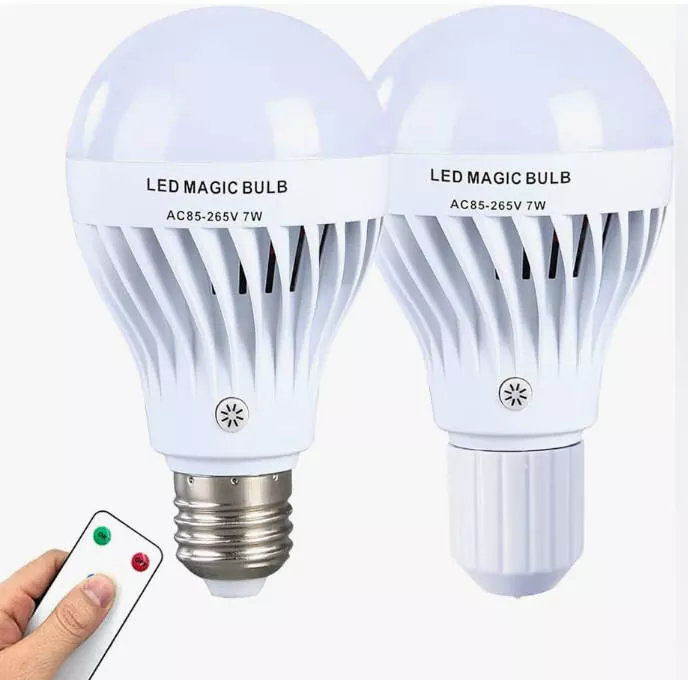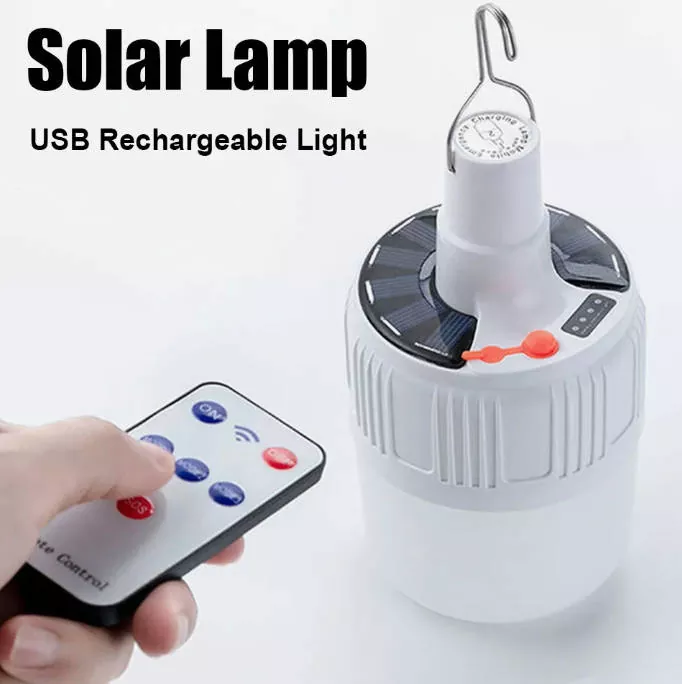Traditional light bulbs and LEDs like fluorescent bulbs or incandescent bulbs, differ in significant ways.

1.Energy Efficiency:
LED bulbs are much more efficient in energy than their equivalents. They require less power to produce the same amount of light.
This results in lower electricity bills for homeowners as well as cost savings.
2.Lifespan:
LED light bulbs have a longer lifespan than conventional bulbs. Traditional bulbs can last for up to 1500-50,00 hours, whereas LED bulbs can last up to 15,000-50,00.
3.Heat Generation:
LED bulbs produce very little heat in comparison to conventional bulbs. This makes LEDs more easy to manage, and also reduces the risk of fire in lighting fixtures that are enclosed.
Design and Size:
LED bulbs are slimmer and lighter than traditional bulbs. This allows you to have greater flexibility when creating and arranging lighting fixtures.
5.Instantaneous Lighting:
LED bulbs give instant illumination once they are turned on. This is in contrast to traditional bulbs, like fluorescent bulbs, which can take several hours to reach maximum brightness.
Color Options for Temperature
LEDs come with a range of temperatures for color that range from warm white to cool white. It allows the user to alter the atmosphere of their space to meet their preferences. The style of traditional bulbs determines the color they produce.

7.Environmental Impact:
LED bulbs are more eco green than fluorescent bulbs due to the fact that they consume less energy and last longer. They also are free of hazardous substances such as mercury.
LED lamps provide significant advantages over traditional bulbs in terms of energy efficiency and lifespan, as well as safety as well as environmental impact. While their initial cost may be higher, their long-term advantages often outweigh the initial costs.